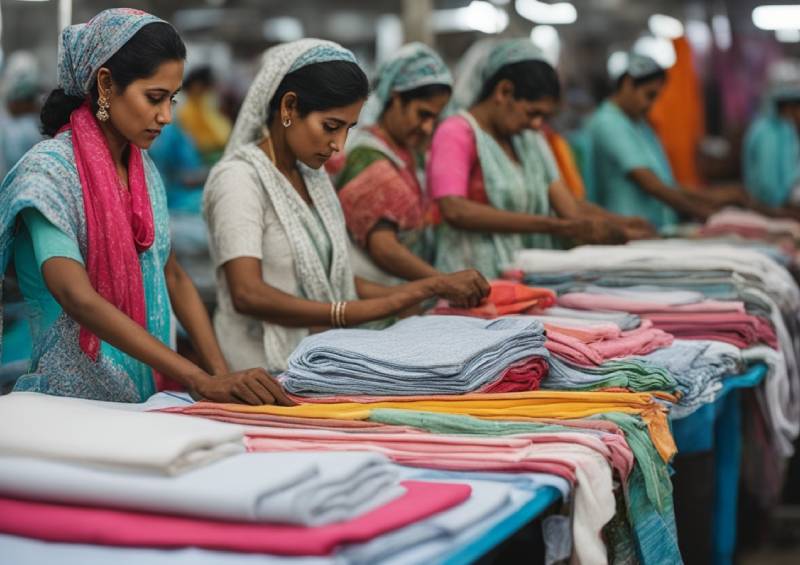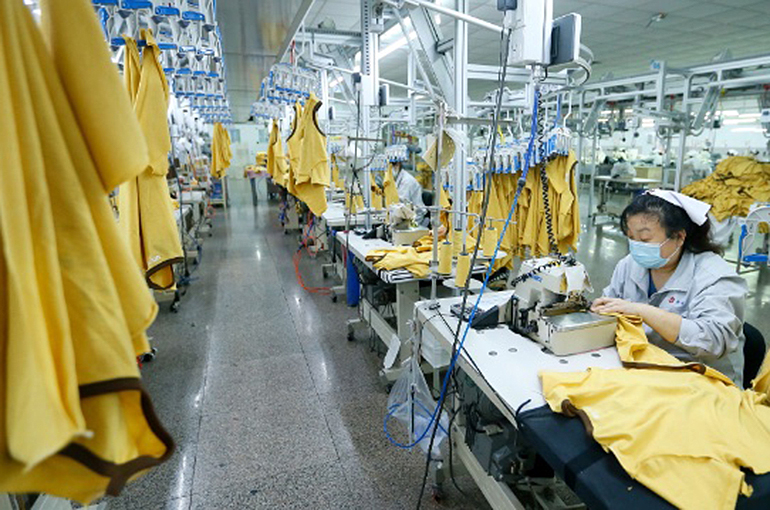 As per latest ‘The State of Fashion 2021’ by Business of Fashion (BoF) and McKinsey & Company, with the fashion industry going through its worst year, COVID-19 has catalyzed a global economic downturn. This year, fashion profits are expected to decline by a staggering 90 per cent after a meager 4 per cent rise in 2019, says McKinsey’s Global Fashion Index.
As per latest ‘The State of Fashion 2021’ by Business of Fashion (BoF) and McKinsey & Company, with the fashion industry going through its worst year, COVID-19 has catalyzed a global economic downturn. This year, fashion profits are expected to decline by a staggering 90 per cent after a meager 4 per cent rise in 2019, says McKinsey’s Global Fashion Index.
Industry to recover at varying speeds in 2021
However, 2021 will act as the bridge between the pre-pandemic reality and a potentially protracted recovery period for the global fashion industry. The industry will recover at various speeds across fashion categories, value segments and geographical markets with some pockets of growth despite continuing economic challenges.
Europe will be the worst-hit amongst all nations with a 22-35 per cent decline in sales. What’s more, sales are not likely to recover before the second quarter of 2022 when travel and tourism returns. Fashion sales in the US will decline 17 to 32 per cent and recover by Q1 2023. On the other hand, China’s sales will decline 7-20 per cent. They will return to pre-crisis levels only by the fourth quarter of 2020 or the first quarter of 2021.
quarter of 2022 when travel and tourism returns. Fashion sales in the US will decline 17 to 32 per cent and recover by Q1 2023. On the other hand, China’s sales will decline 7-20 per cent. They will return to pre-crisis levels only by the fourth quarter of 2020 or the first quarter of 2021.
Online penetration to accelerate
Even as the fashion industry suffered its worst year on record with almost three quarters of listed companies losing money, online fashion sales doubled from 16 to 29 per cent of total revenues in 2020. Many brands launched their online operations besides embracing innovations like livestreaming, customer service video chat and social shopping during the year. Going forward, online penetration will continue to accelerate and shoppers will demand ever-more sophisticated digital interactions. As per the report, 71 per cent fashion executives will see a 20 per cent growth in online businesses in 2021.
Rising awareness to alter shopping patterns
As consumers become aware of the plight of vulnerable employees in the fashion value chain, they will launch new campaigns to end exploitation and offer more dignity, security and justice to workers throughout the global industry. Around 66 per cent respondents to the BOF survey said, they will stop or significantly reduce shopping at a brand if they found it was not treating employees or supplier employees fairly.
COVID-19 highlighted the need to look at inventory levels by taking a demand-focused approach to their assortment strategy, while boosting flexible in-season reactivity for both new products and replenishment. Around two fifths executives surveyed in the report reiterated their plans to move towards seasonless fashion.
Focus on market redistribution
The pandemic has widened the gap between the best-performing companies and the rest. As some players have already gone bankrupt and others have been kept afloat by government subsidies, merger and acquisition activities are expected to increase as companies maneuver to take market share, unlock new opportunities and expand capabilities. Around 45 per cent expect market share redistribution to be a top theme of 2021.
The report further emphasizes to mitigate future ruptures, fashion players need to form deeper partnerships that bring greater agility and accountability. Around 35 per cent fashion executives emphasized on resilience and partnerships to be the top development themes in 2021.











